Solar-Type Stars: Basic Information on Their Characterization and Classification
David R. Soderblom & Jeremy R. King (Space Telescope Science Institute)
5. Observed Properties of Stars: Color and Magnitude, Temperature and Luminosity
5.1. Photometric Colors
Photometry of stars can be done to very high precision, typically a few
times 0.1% (0.001 mag) these days (Lockwood, Skiff & Radick 1997). The
most commonly used color is the Johnson B-V index, but others are better
temperature indicators, being less sensitive to metallicity. One can measure
B-V to 0.005 magnitude or better from the ground, and the recent release of
the Tycho catalog as a byproduct of the Hipparcos mission will
provide a huge database for stars that is of consistent and high quality.
The precision of colors is high, but their consistency is not
(different colors suggest different temperatures). Metallicity and
companionship are the suspected causes. Figure 8
shows a comparison of different photometric indices, from Gray (1994b).
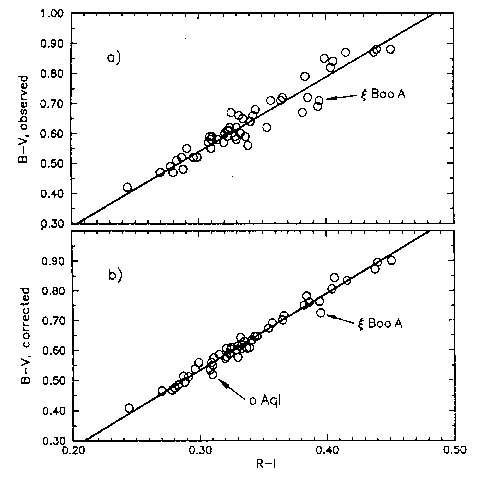
FIGURE 8:A comparison of B-V and (R-I) color indices,
before and after correction for metallicity effects (Gray 1994b).
The key ingredient is the color-temperature relation to tie observations to
models, and that remains poorly known for stars less massive than the Sun.
5.2. Transforming Color to Temperature
The conventional wisdom is that an effective temperature is good to about
100 K, but that is for an absolute temperature, and is limited by major
systematic effects. For solar-type stars we benefit from the fact that we
can compare directly to the Sun, the one star for which we know Teff
accurately on a fundamental basis. This leads to greatly reduced differential
errors. Cayrel et al. (1991a, 1991b) have used H alpha and H beta wings to
infer Teff to 10 or 20 K. More recently, they have used spectrum synthesis
techniques on low-resolution spectra (R ~1,000, S/N ~50)
to get Teff to 75 K, gravity (log g) to 0.2 dex, and [M/H] to 0.15 dex
(Cayrel 1991a). This is very promising for studies of large numbers of stars
as an initial survey. Balmer line wings are difficult to analyze when from
echelle spectra because of the limited bandpass and the effects of the blaze
function (scattered light can be a problem too).
5.3. Gray's Line Ratios
Gray (1994b) has shown how to infer temperature differences of as little as
~6 K, using line ratios in high-S/N, high resolution spectra.
In some cases he claims errors of 1 K, and he claims inconsistencies
between his temperatures and photometry are probably due to interstellar
reddening. There is one big advantage: the procedure is solely spectroscopic,
so a real comparison to Sun is possible. Figure 9,
from Gray (1994a), shows an example of line ratio temperatures for
eta Cephei.
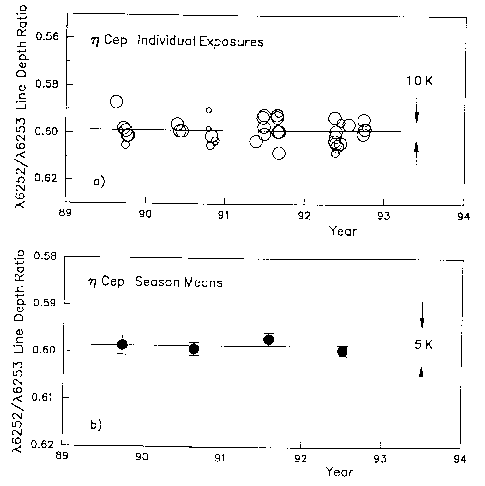
FIGURE 9:Line-depth ratios in the solar-like star eta
Cephei (Gray 1994a). In the upper panel, larger circles are for higher
weight exposures. The lower panel shows seasonal means, and the overall
weighted mean value is shown as the horizontal line in both panels.
Note the very small scatter.
5.4. Transforming Magnitude to Luminosity
The conventionally measured magnitude for stars is V, good to 1% in good
cases. The accuracy of a quantity like the absolute magnitude (MV) is
limited mainly by the parallaxes, which for many stars are now very good. The
primary systematic uncertainty in the absolute bolometric magnitude
(Mbol) comes from the bolometric correction (which is just the
color-temperature relation, really), leading to uncertainty of ~0.1
magnitude in Mbol. The importance of this is illustrated in
Figure 10,
which shows a color-magnitude diagram for the Pleiades (Stauffer 1996),
together with different isochrones. Note the significant differences in
interpretation that result from using different color-temperature relations.
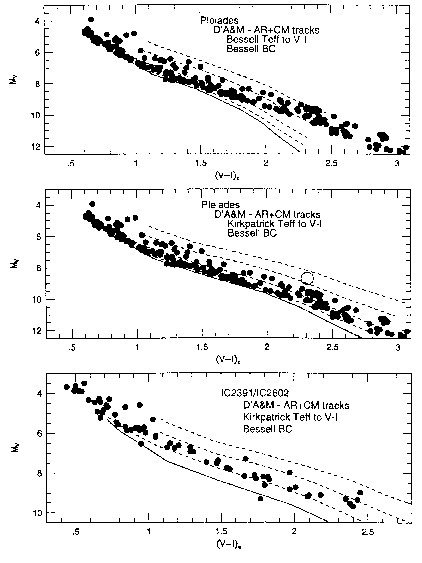
FIGURE 10:A color-magnitude diagram for the Pleiades, from
Stauffer (1996). Note the shifts in the isochrones when different
color-temperature relations are used. The Kirkpatrick relation appears
to work the best.
5.5. Photometric Variations
Stars like the Sun lie in one of the quietest regions of the HR diagram
(see Figure IV of Grenon 1993), and yet they are seen to vary. This is
important for several reasons.
Axiom: All stars are variable. If a star doesn't appear to vary,
you just haven't been able to measure the changes yet.
5.6. Young Stars: How Low Do They Go?
Stauffer and collaborators have been monitoring stars in the alpha Persei
and Pleiades clusters. The most important reason to do this is to determine
rotation periods so that we can get a more complete and accurate picture of
angular momentum in ZAMS stars than is possible from v sin i measures
alone. Observations of v sin i (see Figure 14 below) result in many stars with
only upper limits, which is sometimes too little information to draw useful
conclusions about the intrinsic distribution of angular momentum
(Keppens, MacGregor & Charbonneau 1995; Bouvier, Forestini & Allain 1997).
Stauffer et al. now have observations for about 25 stars with enough data to
extract a rotation period. The variations seen are 0.01 to 0.15 mag, peak to
peak. The scatter about these variations is le 0.01 mag, and
when a period is detected it stays constant.
The amplitude of variation from rotation can change with time, especially
for the most rapidly-rotating stars.
5.7. Field Stars: Lockwood et al.
Lockwood, Skiff, and Radick (1997) have just published results from surveying
41 field stars for eleven years at high precision. The sample was
"solar-type.'' About 40% of the sample showed some variations, with an
amplitude typically at or below 1%, and with time scales of days to years.
The variability is correlated with activity level and spectral type.
The Lockwood et al. results are shown in Figure 11.
Note the predominance of very active stars (the solid dots), which is
natural since they are more likely than quiet stars to show detectable
variations and hence lead to an interesting result.
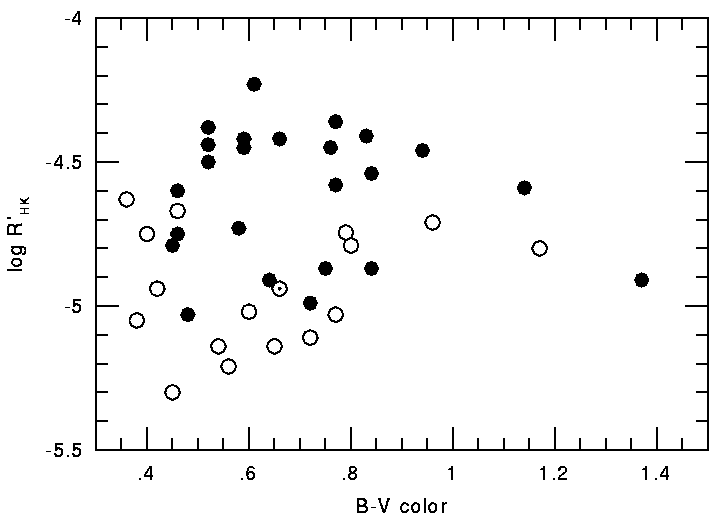
FIGURE 11:The Mount Wilson index of chromospheric activity,
log R'HK, versus B-V color for the stars observed by Lockwood et al. (1997).
The filled circles are stars found to be variable from year to year,
which tend to be the most active stars. The circle with a dot represents
the Sun.}
Figure 12, from Lockwood et al. (1992),
shows how brightness variations correlate with chromospheric variations.
The chromospherically active stars vary more than quiet ones do, but
less so relative to the chromospheric variability. In other words, if
you double the chromospheric variability, the photometric variability may
increase by only 50%.
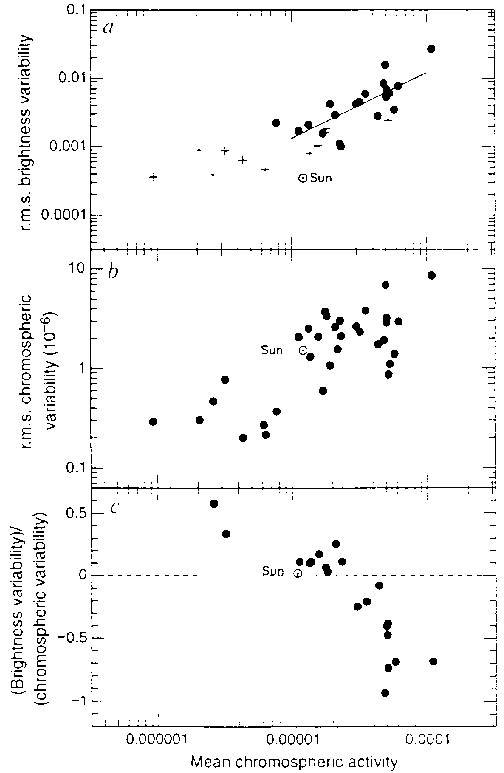
FIGURE 12:This diagram is taken from Lockwood et al. (1992)
and shows how variability in brightness and in the chromospheric index
relate to the overall level of activity. Note that both forms of
variability increase for more active stars (top two panels), but that
the relative} importance of brightness variations decreases for
the most active stars.
Perhaps the most interesting result is that the sense of the relation between
the S index and brightness variations inverts near log R'HK = -4.6 (Figure 13).
The S index is the equivalent width of Ca II H and K emission relative
to the nearby continuum.
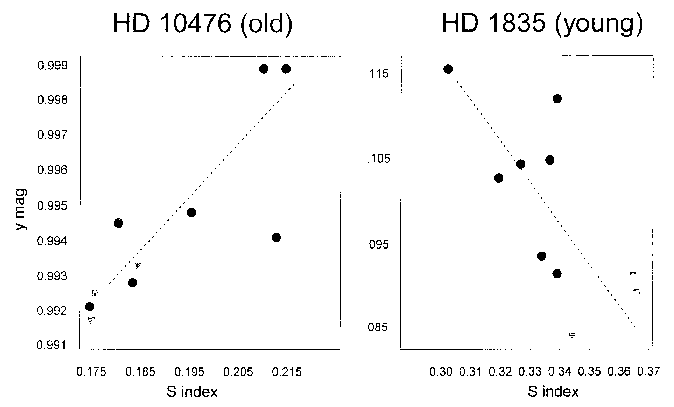
FIGURE 13:Changes in the Strömgren y agnitude as a function
of the Mount Wilson S index (Lockwood 1998). Note the sense of the
relationship between these quantities is opposite for an active star
such as HD 1835 compared to the inactive star HD 10476.
[First | Prev | Next ]
[Contents]






